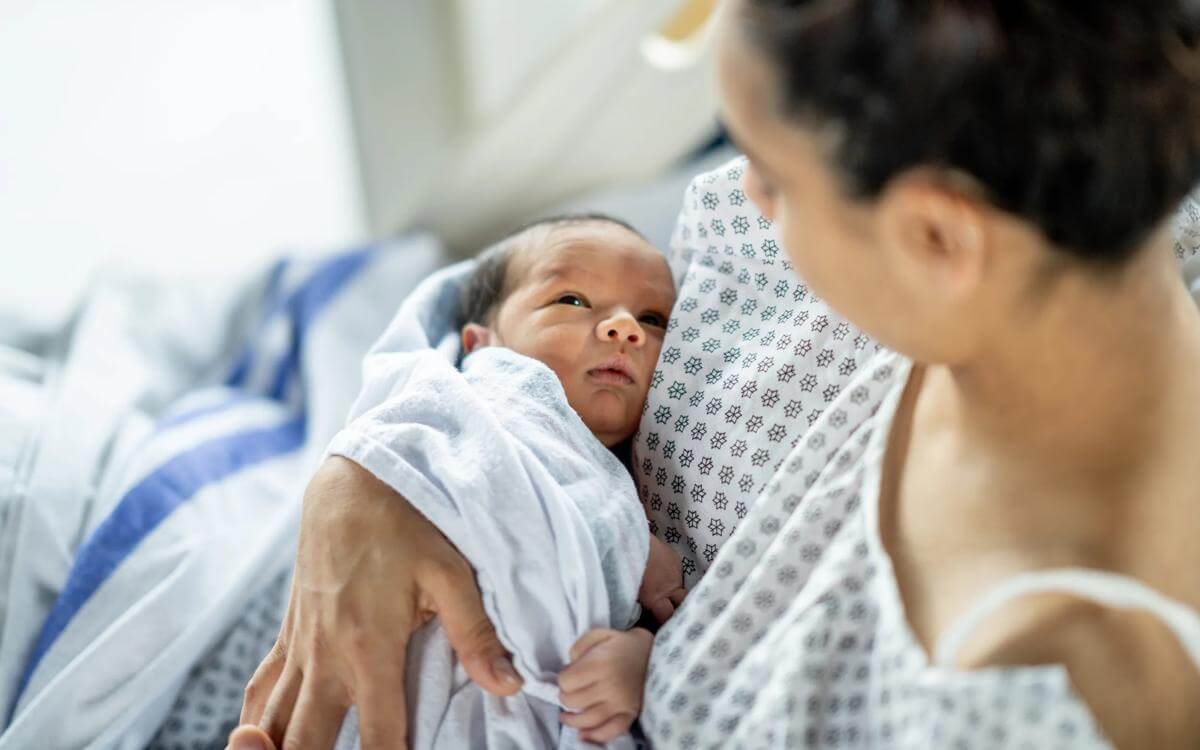When does the treatment of residents of care homes meet the article 2 and article 3 thresholds?
Residents of care homes are particularly vulnerable members of our society, with higher risks of incidents and fatal injuries, which unfortunately can be as a result of suffering ill-treatment. Courts can be faced with the difficult task of determining whether the treatment amounts to a breach of the individual’s rights.
Residents of care homes are particularly vulnerable members of our society, with higher risks of incidents and fatal injuries, which unfortunately can be as a result of suffering ill-treatment. Courts can be faced with the difficult task of determining whether the treatment amounts to a breach of the individual’s rights.
In this case the High Court heard the strike out application of the Defendant and considered whether the care provided by a care home met the threshold of breaching a resident’s rights under Article 2 and 3 of the European Convention on Human Rights.
On the 22 March 2022, Master Davison sitting in the High Court found in Milner v Barchester Healthcare Homes Limited that the treatment of a 94-year-old resident of a care home did not amount to a breach of Article 2. He did however find that the case raised questions of Article 3 of the Convention and this was a matter for trial.
Article 2 Claim – right to life
The resident in question was Mrs Casey, who lived at the Home for 4 ½ years and was 94 at the time of her death. The cause of death was ruled to be pneumonia and dementia.
The allegation was made that the Home had breached Mrs Casey’s Article 2 rights, the right to life. Such a breach occurs if a Defendant breaches its operational obligation to take action, with such duty being triggered if members of staff know or ought to know there is a “real and immediate risk to life”.
Master Davison found only one such risk in the pleaded case, namely the risk of “choking or aspiration”. It was alleged that the Home had failed to implement a system in order to protect the lives of its residents through poor record-keeping, inadequate training and inadequate competency check. Additionally, the Home was alleged to have fell short of its obligation to protect a vulnerable individual where there was a real or immediate risk to life by failing to properly assess, record and manage Mrs Casey’s risk of choking.
Master Davison reiterated the judgement in Savage v South Essex Partnership NHS Foundation Trust [2009] AC 681 which states that the Article 2 threshold is an extremely high threshold.
It was found that the risk of choking was never described as more than a “medium” risk, therefore failing to qualify as a high risk. Master Davison found that if the Court accepts a risk of choking as a real and immediate risk to life, then other relatively benign, chronic conditions, such as a risk of a person with dementia wandering off into danger, would also qualify, and such an extension would be “highly undesirable”.
Furthermore, Mrs Casey’s death was not related to choking or aspiration, as stated on the death certificate and the meetings between staff at the care home.
Article 3 Claim – prohibition of torture
The second limb to the claim was that Mrs Casey was the victim of inhumane and degrading treatment whilst resident in the Home. Such treatment included instances of leaving Mrs Casey unable to access the toilet and left soiled for prolonged periods, failure to assist Mrs Casey to mobilise and isolating her.
Master Davison found that the question of whether the treatment amounted to inhumane or degrading treatment was a matter for trial.
He acknowledged that once more, the threshold for finding a breach of Article 3 was high, but nonetheless it was a matter of fact and degree that should be examined during a trial.
So, what does this all mean for future practice?
This judgement provides reassurance for care homes that risks qualified as “low” or “medium” will not trigger an Article 2 breach. In his judgement, Master Davison gave several examples of those risks, including the risk of falling and the risk of hypoglycaemia from diabetes.
It goes without saying that if there were to be a particular point in time where those risks were to be qualified as “high”, then the Article 2 threshold may be crossed, and care homes would be under a duty to assess and manage that risk accordingly.
This ruling emphasises the importance of keeping detailed and accurate care records in order to demonstrate how a risk was assessed and monitored by staff members and individuals who had contact with the resident in question.
As for the Article 3 claim, Master Davison provides once again some relief to care homes by stating that the threshold for these claims is a high one. If the Court finds that the treatment in question amounted to “no more than sub-standard care” then the threshold will not be met. However, care homes will have to be prepared to argue that the threshold has not been met during a trial where all facts will be examined.
For any queries please contact Helen Rideout or Emma Groman.
Contact

Mark Hickson
Head of Business Development
onlineteaminbox@brownejacobson.com
+44 (0)370 270 6000







































